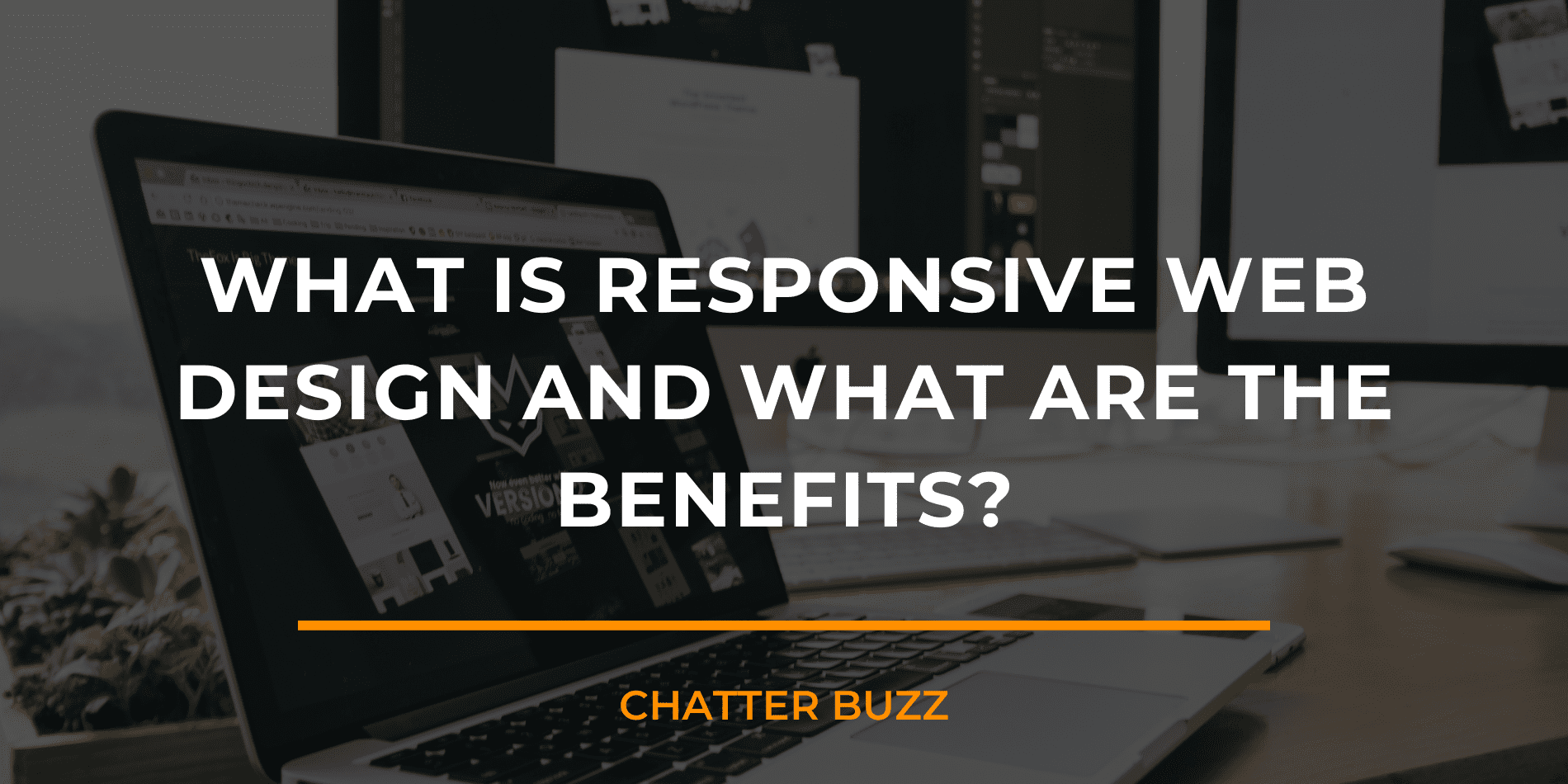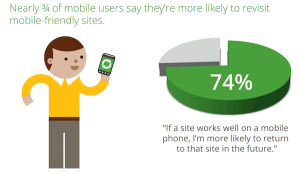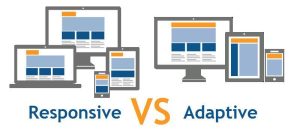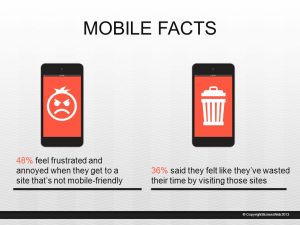What Is Responsive Web Design And What Are The Benefits?

Your website is the face of your company. Whether it’s a customer’s first time on your site, or they are a native user of your services, their experience should be memorable.
So, when it comes to web design, your website should be optimized for however, the viewer may see it. Put the customer first, right?
Well, the key to this experience is to incorporate a user-friendly layout into your website. Once you have done this, you can reap the benefits of responsive web design.
In this beginner’s guide, we’re going to cover the basics of responsive web design, and how it can be beneficial to you. For starters, you’ll learn:
- What is responsive design?
- 3 key reasons to use responsive design
- How to measure your design’s success
It’s important to make your website for easy mobile use. Don’t worry, it’s not as complicated as it sounds. So, let’s dive right in.
What is Responsive Web Design?
Your website is how you present your business to the world, so you want to try everything you can to make it easy and accessible.
It’s no longer acceptable to have a static website design that is only optimized for desktop viewers. You have to step up your game.
Responsive web design ensures that the content on your website is consistent and easy to view on any device. To put it simply, a responsive design makes sure that your website can adapt to the viewer.
Why Responsive Design is Important
Nowadays, people can access your website from a plethora of devices. Whether it be a cellphone, laptop, tablet, or smart TV, you want your site to be perfect.
Google says, “While nearly 75% of users prefer a mobile-friendly site, 96% of consumers say they’ve encountered sites that were clearly not designed for mobile devices.”

Although it may sound like a headache, this is a big opportunity for web designers. If your website is responsive to the user, you’re one step closer to winning them over.
Responsive design is enticing for users because it makes their lives easier. When you prioritize the viewer, they are more likely to choose you over your competitors.
Adaptive Versus Responsive Design

Now that we know the importance of website adaptability, let’s discuss the difference between adaptive and responsive design.
Adaptive design changes the layout of a website depending on the device. With this, there are multiple versions of the same webpage, and it looks different on each device.
On the other hand, a responsive design aims to keep your page consistent on all devices. In most cases, responsive design is more desirable because viewers will be able to recognize the uniformity no matter the device.
But wait, there’s more! Let’s delve into some of the benefits of responsive web design.
3 Key Benefits of Responsive Design
If you still aren’t convinced of the importance of responsive web design, here are three reasons why it can be beneficial to your business.
Attractive Mobility
As I mentioned earlier, viewers like it when you prioritize their experience. According to Google, “48% of users say they feel frustrated and annoyed when they get to a site that’s not mobile-friendly.”

source You want your website to be an oasis. Responsive web design is an escape from the frustration of stagnant sites.
This is one of the major benefits of responsive web design because you can welcome an influx of mobile traffic with open arms, no matter the device.
Lower Costs and Maintenance
Since responsive design presents the same version of a webpage on all screens, it saves you time and money. You don’t have to worry about transferring changes from the desktop version to the mobile version because everything’s in the same place.
Instead of harping on perfecting the site layout for every possible device, the responsive approach lets you maintain your website in an all-encompassing format. This way you can ensure all changes remain consistent and manageable.
Faster Load Times
We know that the user experience is of the utmost importance when viewing your site, so you want to do everything you can to make sure they don’t click away.
If your site takes more than a few seconds to load, you’ve already lost the game. A responsive design guarantees quicker loading time, so you have more time to wow viewers with your content.
One of the easiest ways to provide faster site speed is to optimize the image displays and integrate caching on your website.
You might be thinking, “Well, that sounds great, but how will I know it’s actually working?”
Great question! Here’s how to measure your responsive website’s performance.
How to Measure Your Web Design’s Success
Now that you’ve established a perfectly responsive site, you want to see it in action. Luckily, the benefits of responsive web design are tangible.
Here are some measurable analytics you can count on.
Increase in Mobile Visits
With a completely responsive site, you can count on a steady inflow of mobile traffic. People will appreciate your website’s accessibility, so they might find themselves coming back for more.
It won’t happen automatically, but that’s what good digital marketing is for!
Decrease in Bounce Rates
Mobility and fast loading pages are major attractors for users. It gives them more time to explore your site which decreases bounce rates.
If you hit these markers, odds are they will stay on your website for longer.
Boost in Conversions
Since your responsive design is consistent across all platforms, it prioritizes user experience. Easy mobile access and lower bounce rates lead to an increase in conversions.
You’ll find that you get more mobile conversions with responsive web design.
And hey, a lead is a lead.
Overall, analytics are easier to follow with a responsive site that compiles everything you need in the same place.
Now you know the benefits of responsive web design, you can put your knowledge to the test.
Need Help Getting Your Website Off The Ground?
Look no further! From copywriting to design work, we’ve perfected the foolproof web design process.
Our expert strategists and web designers at Chatter Buzz can help you figure out exactly how to make the most out of your website.
We offer technical SEO services that can improve your site speed, which in turn improves your website’s SEO.
For more information, talk to a strategist today to see how we can make the perfect website for your business.
Do you need someone to help you achieve your growth goals - then let us help you crush them? Let's chat!
Error: Contact form not found.









